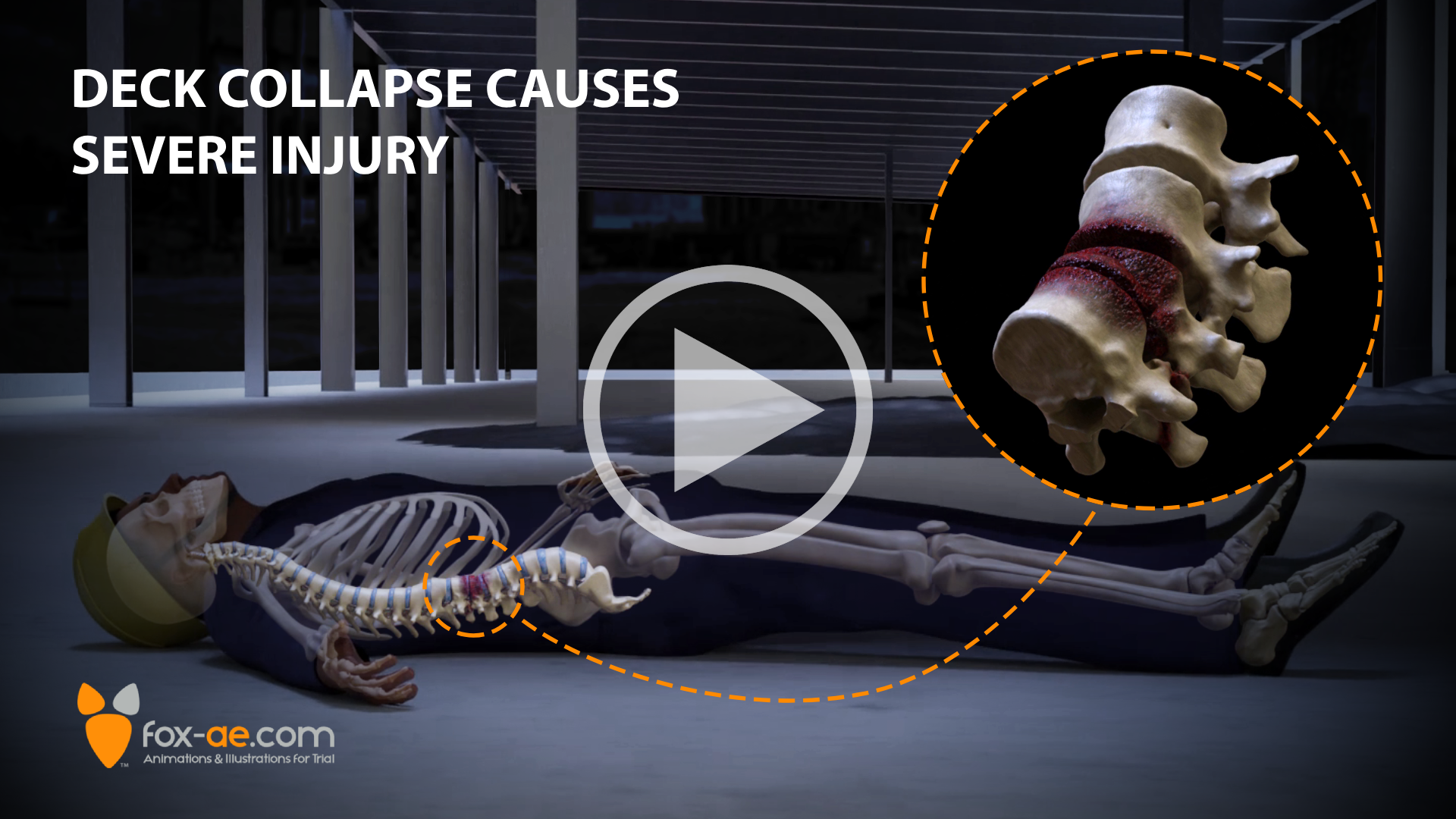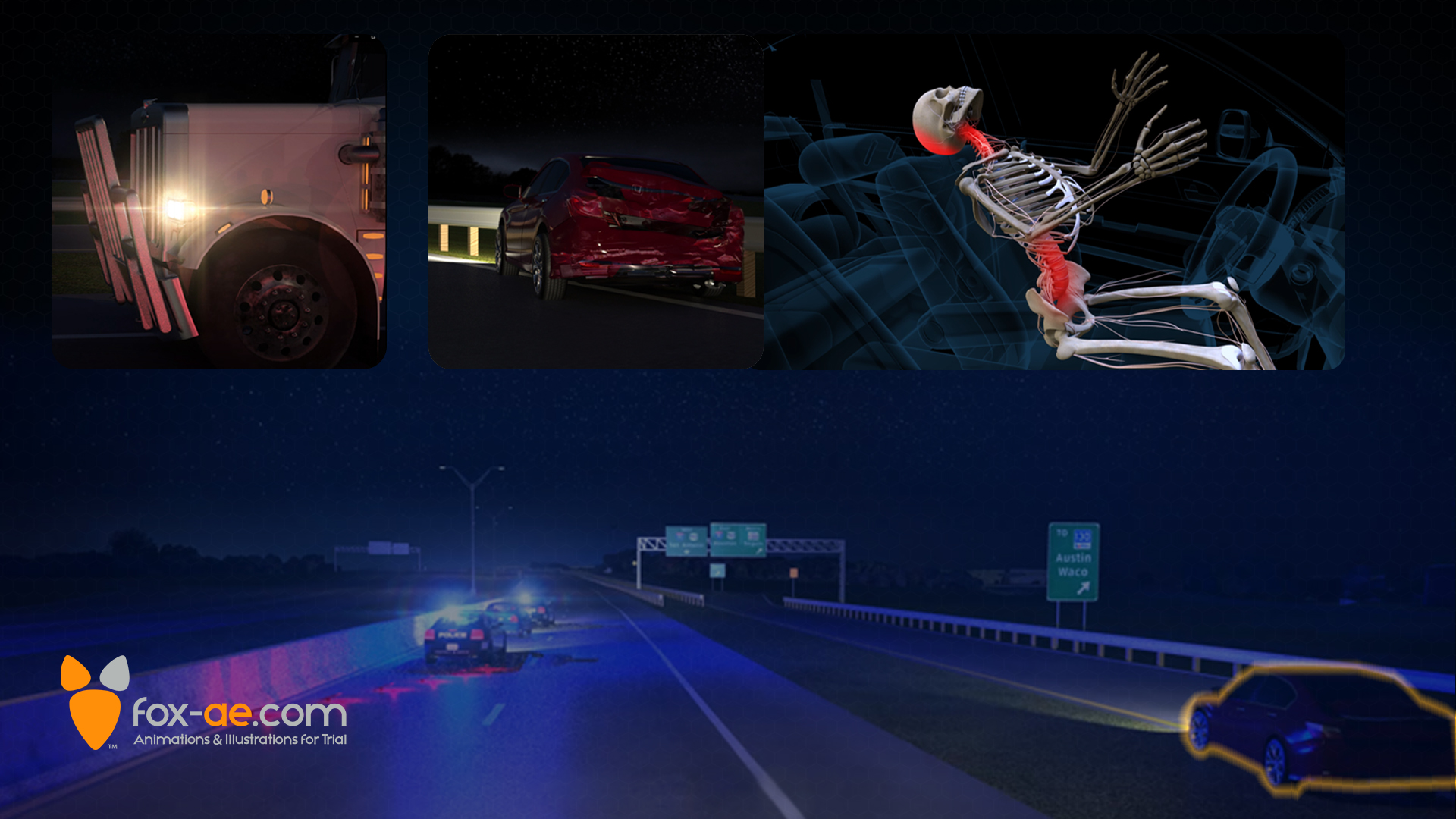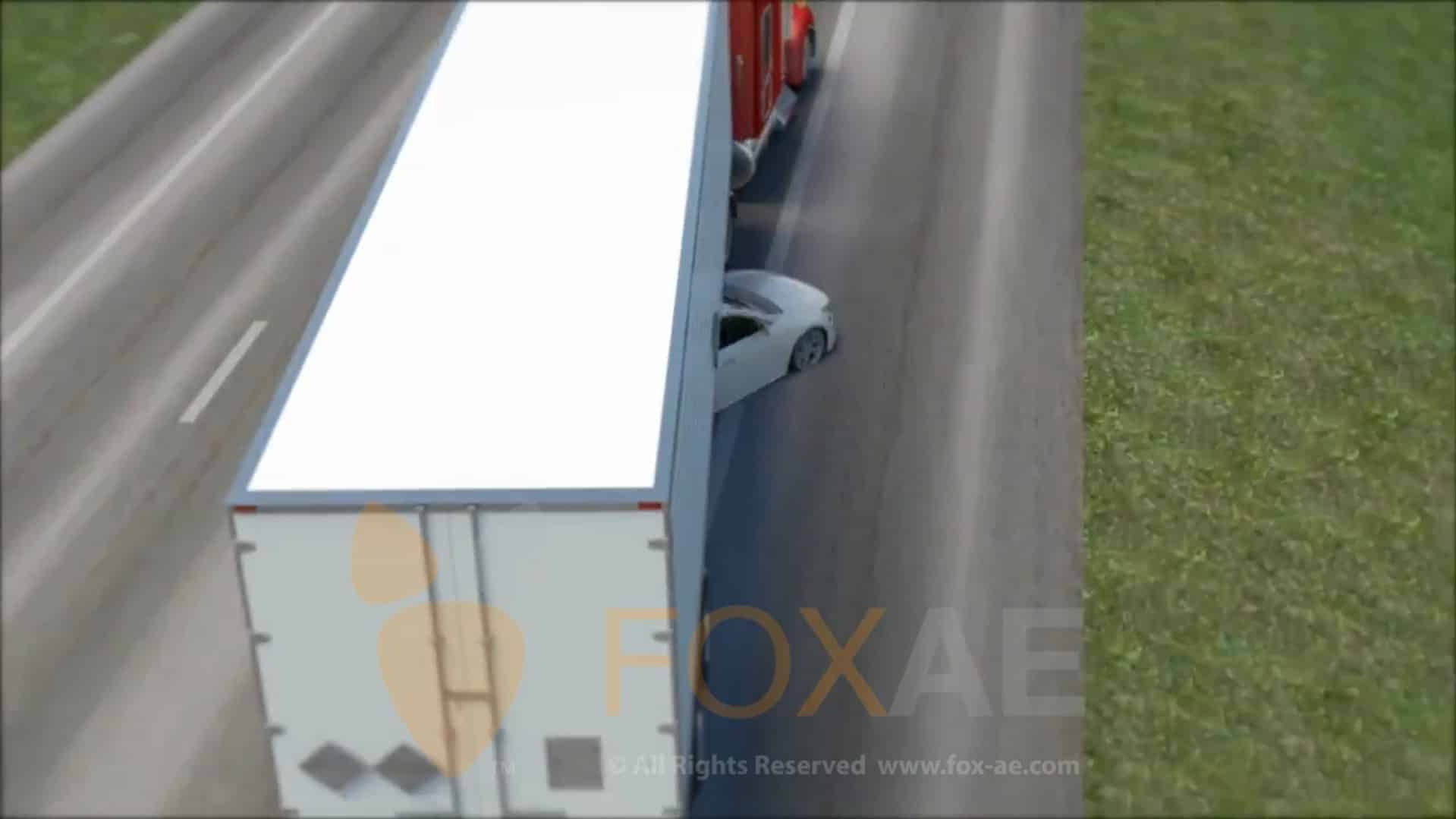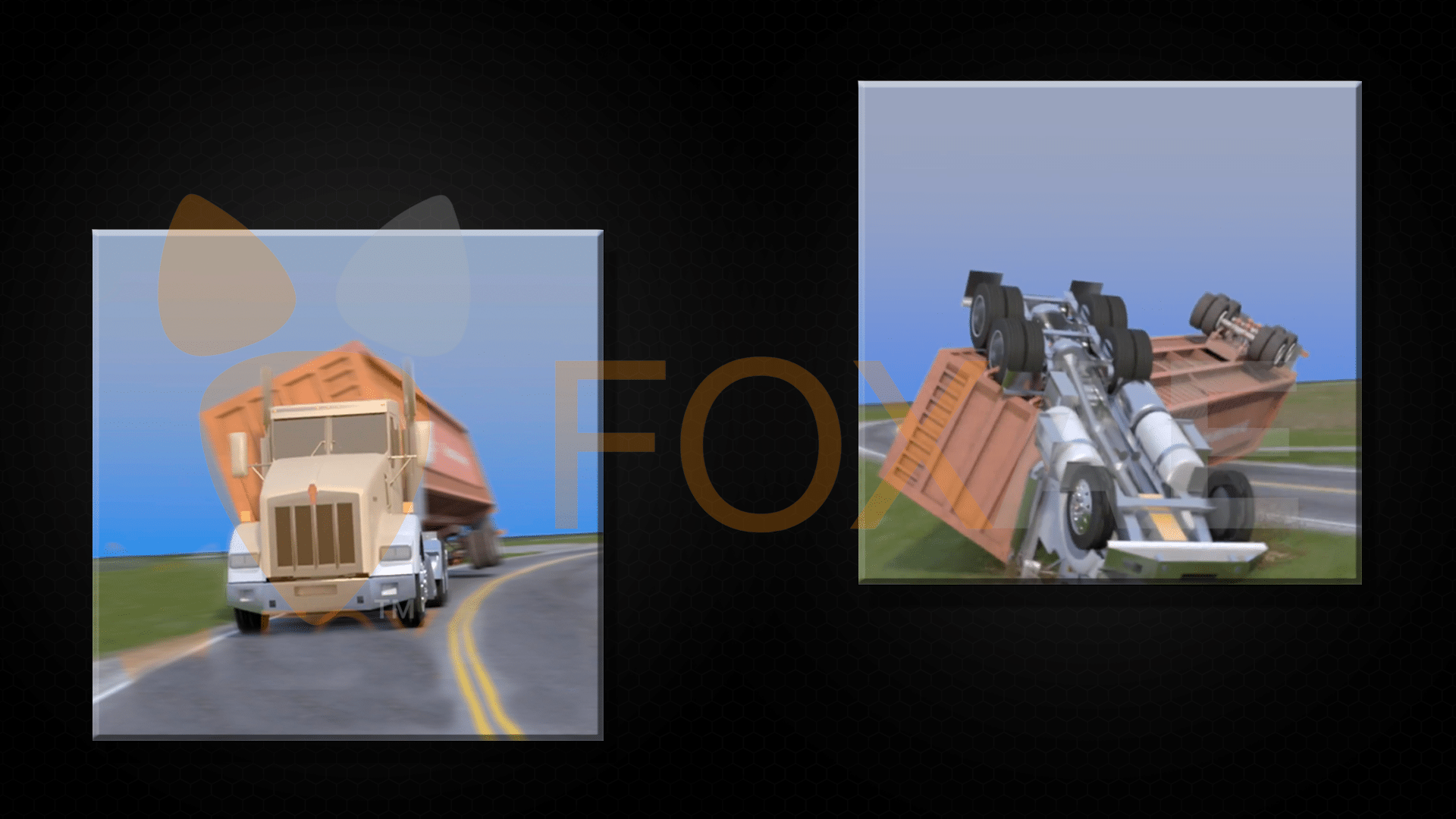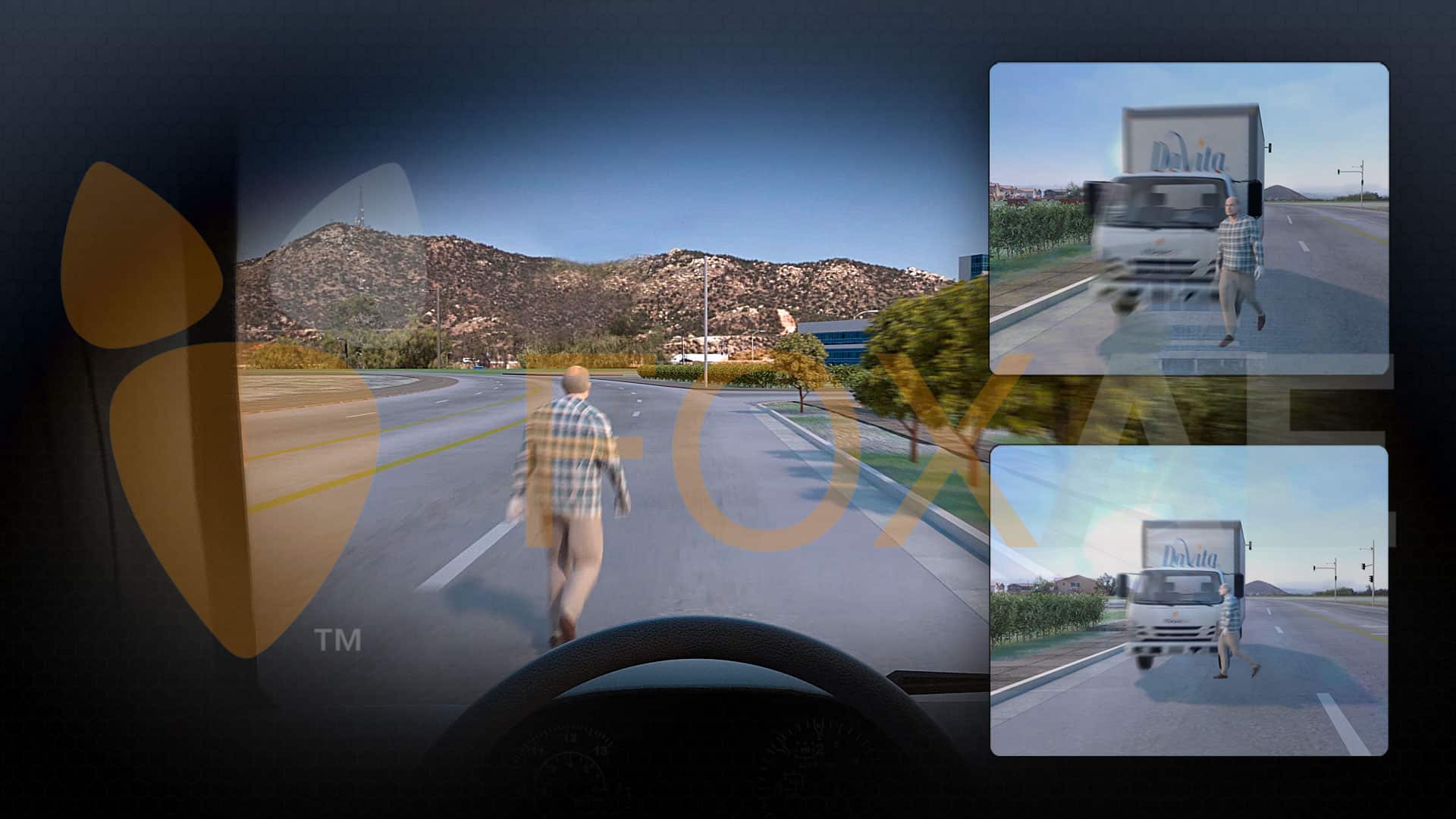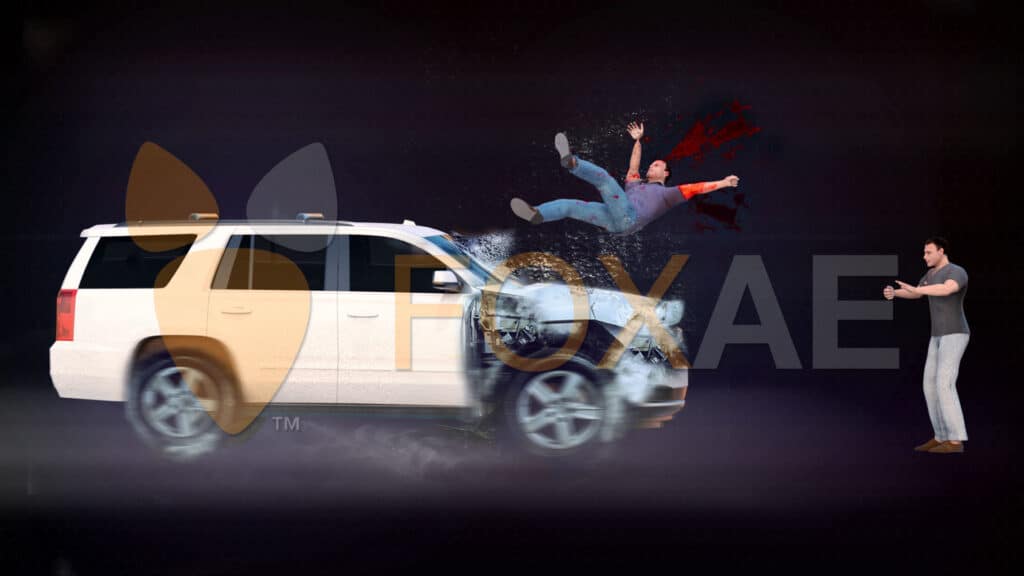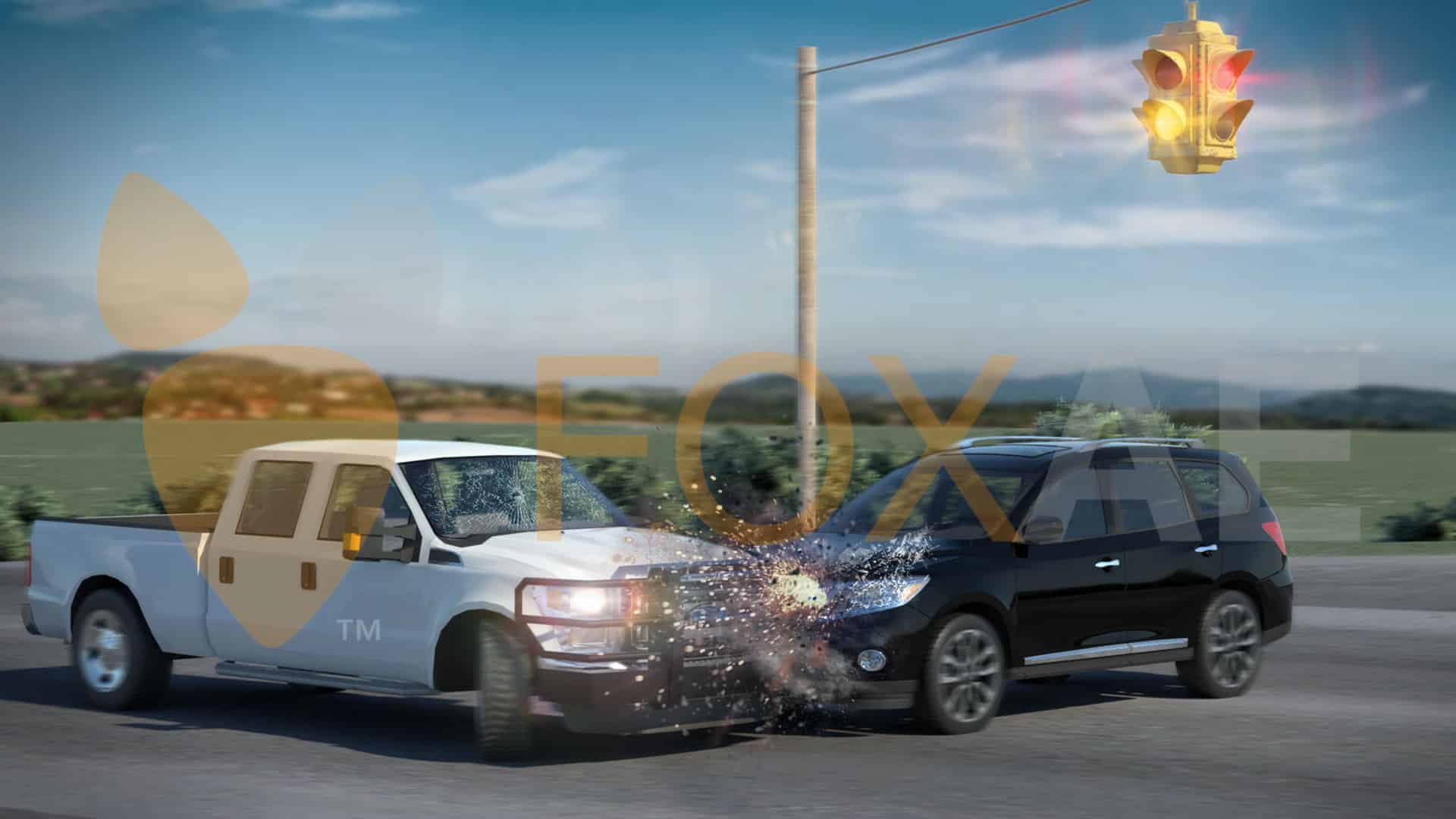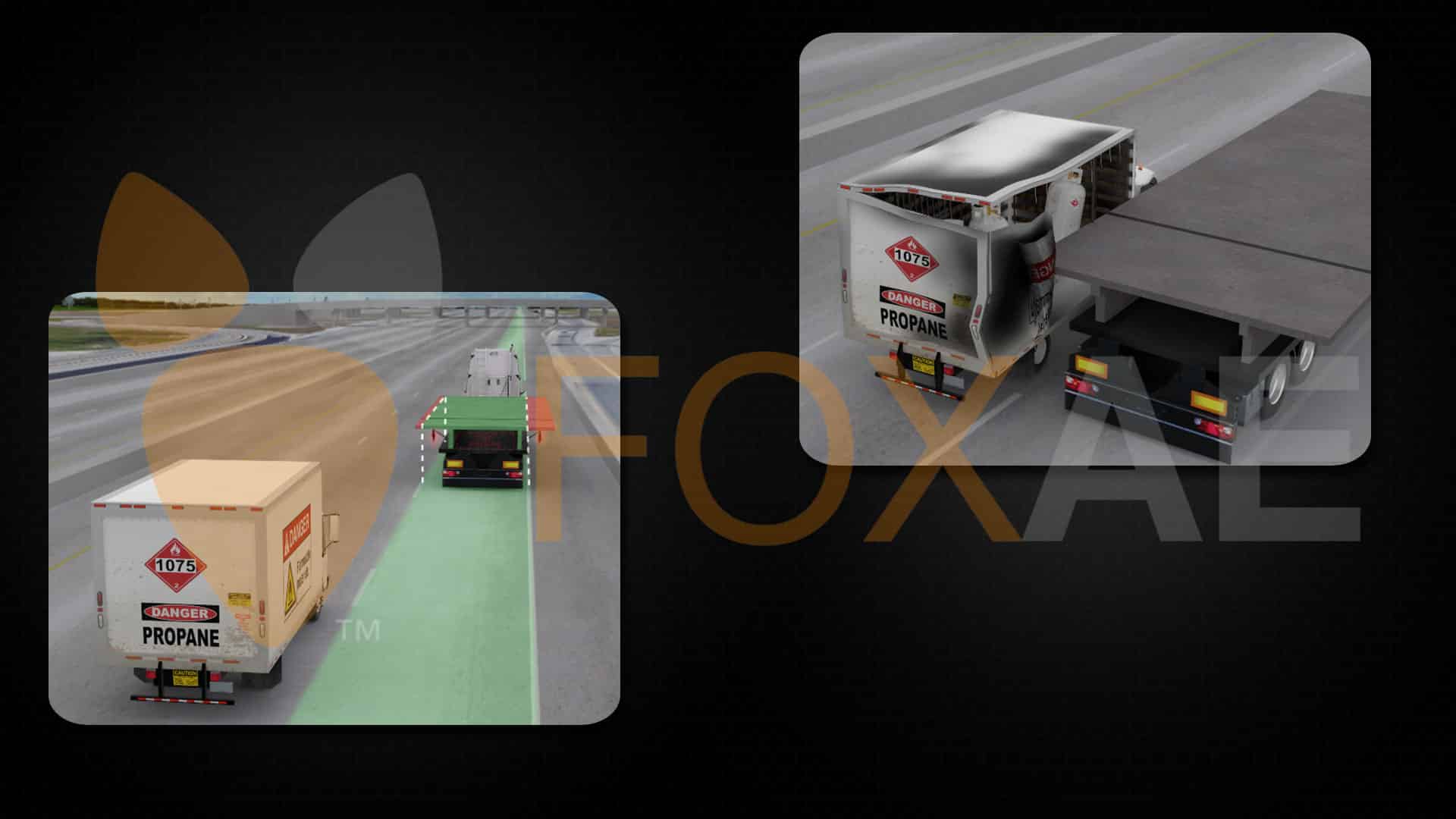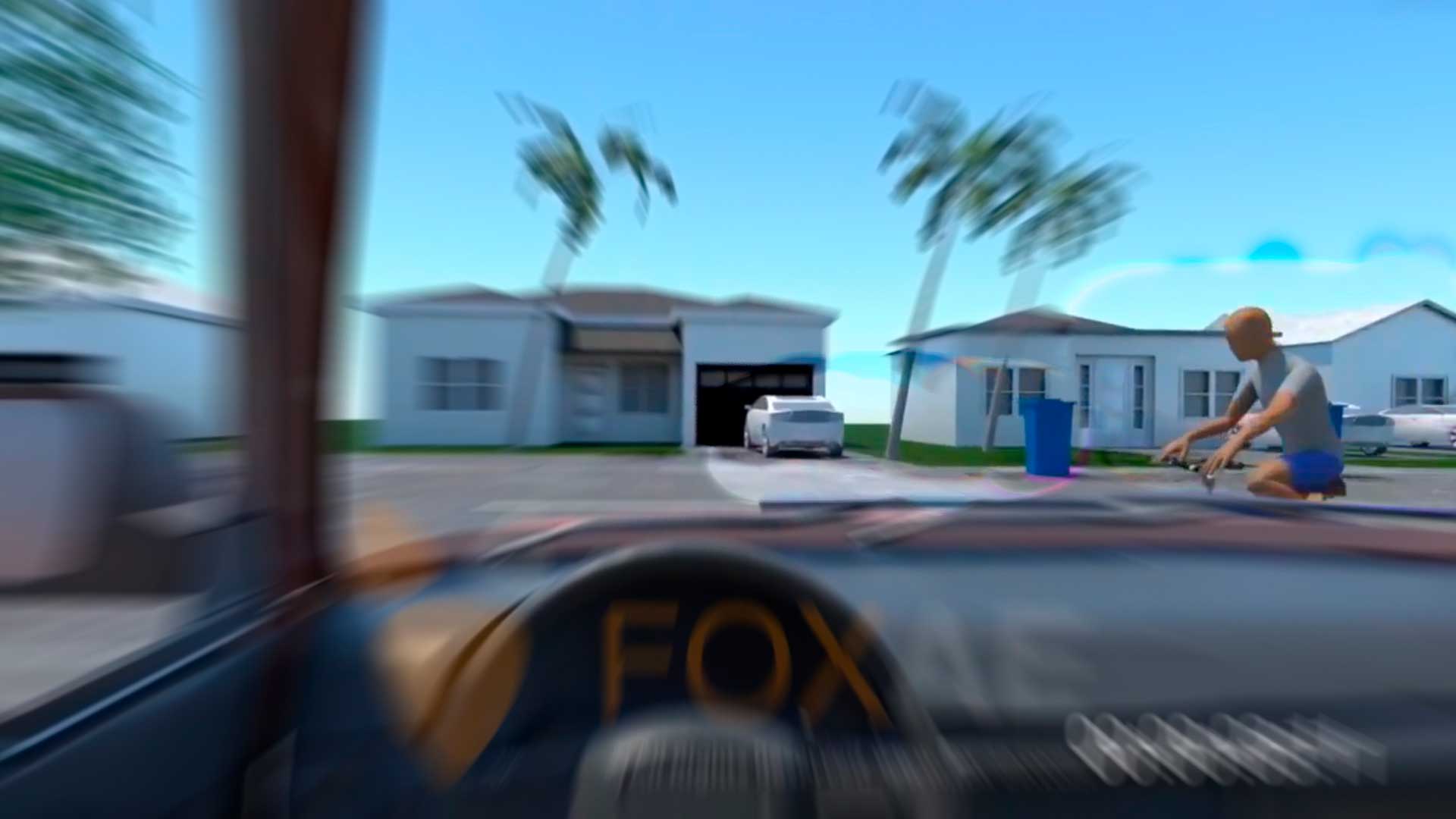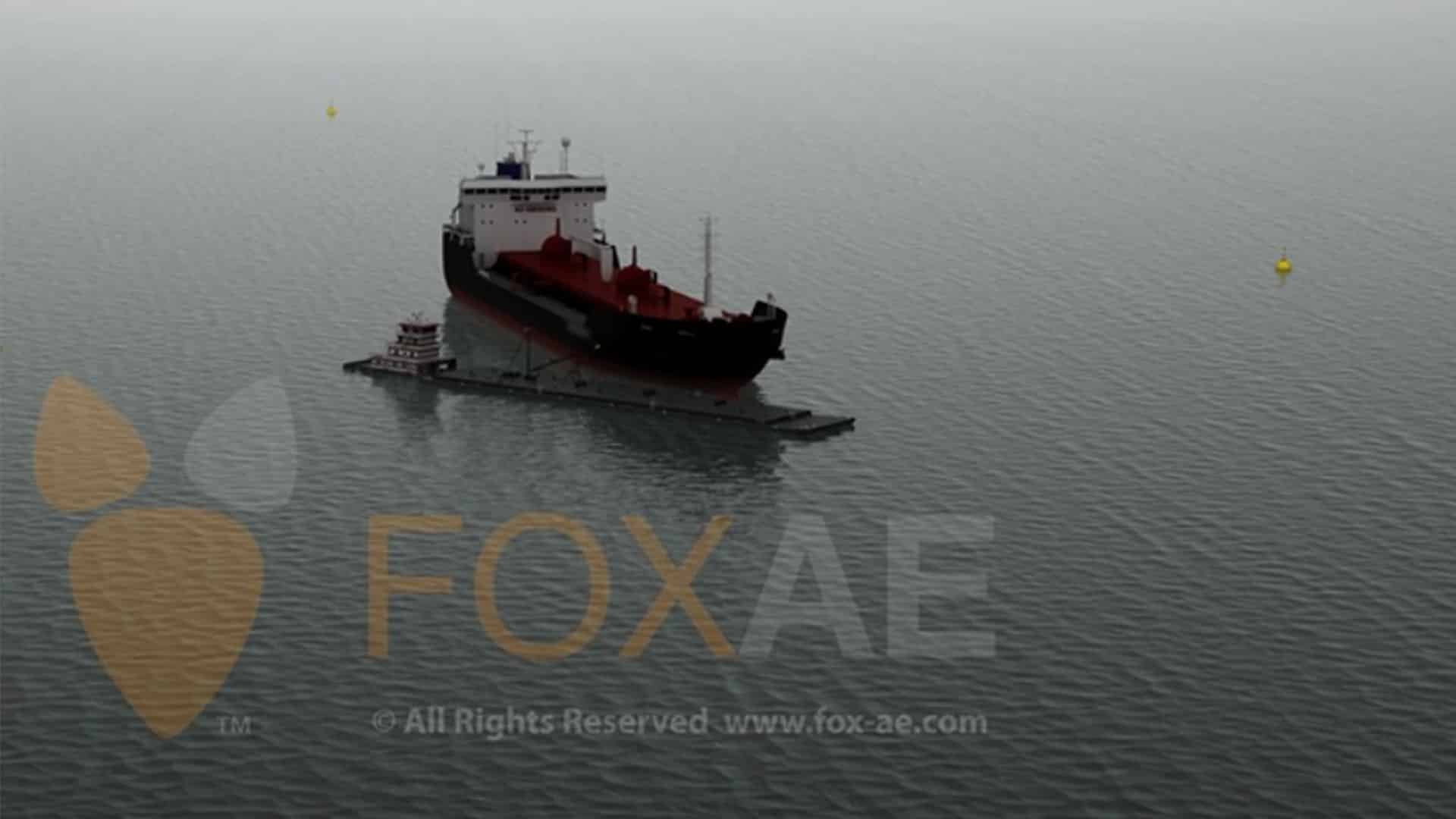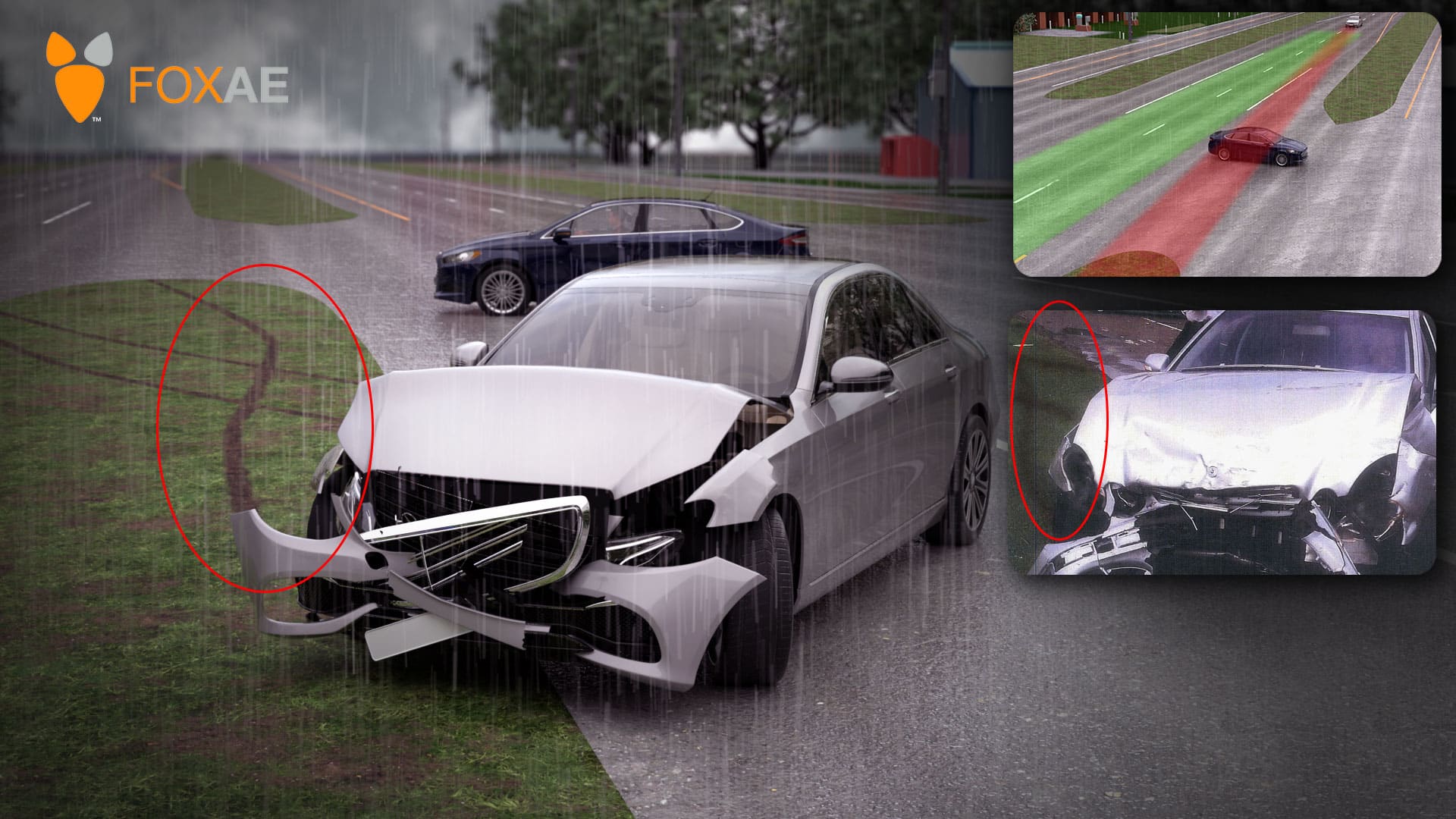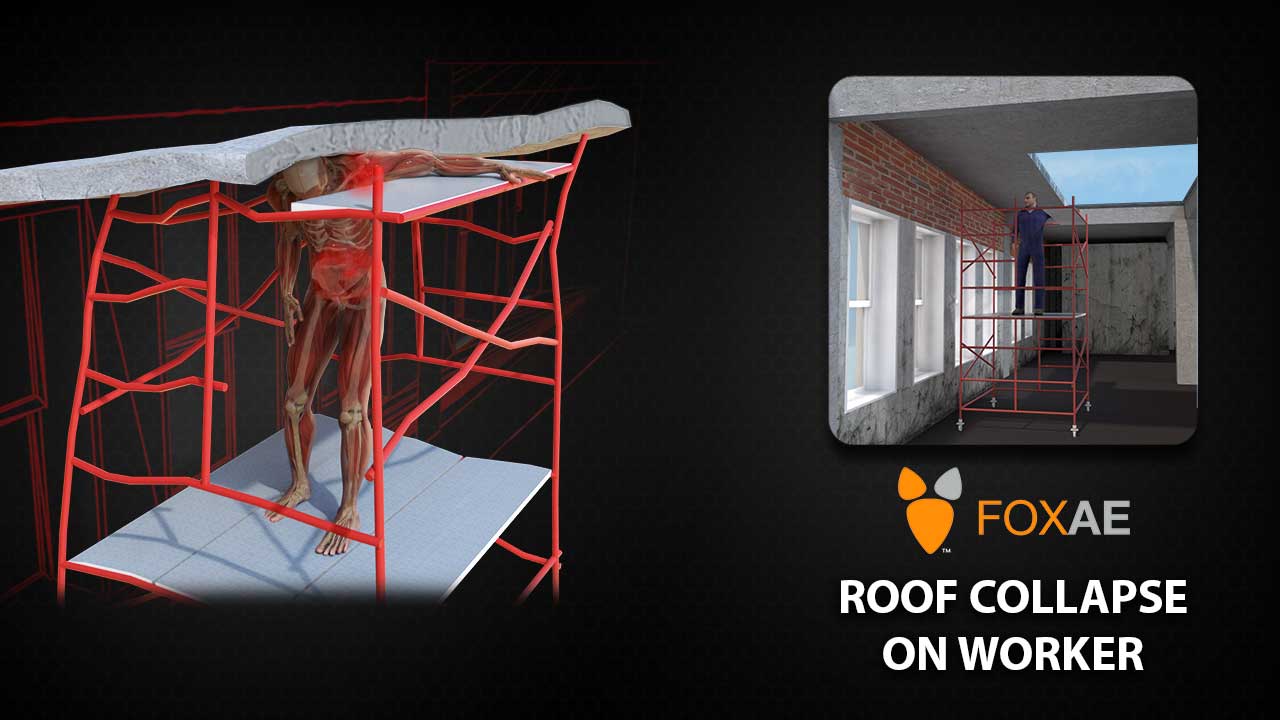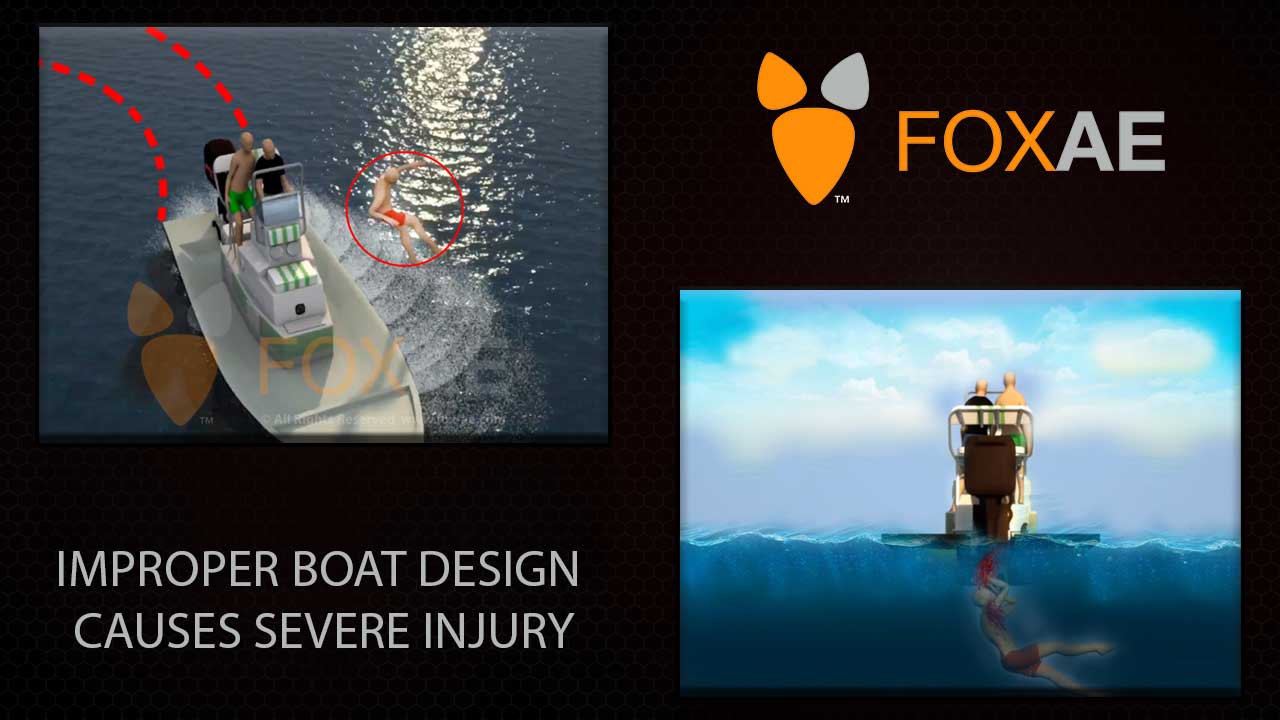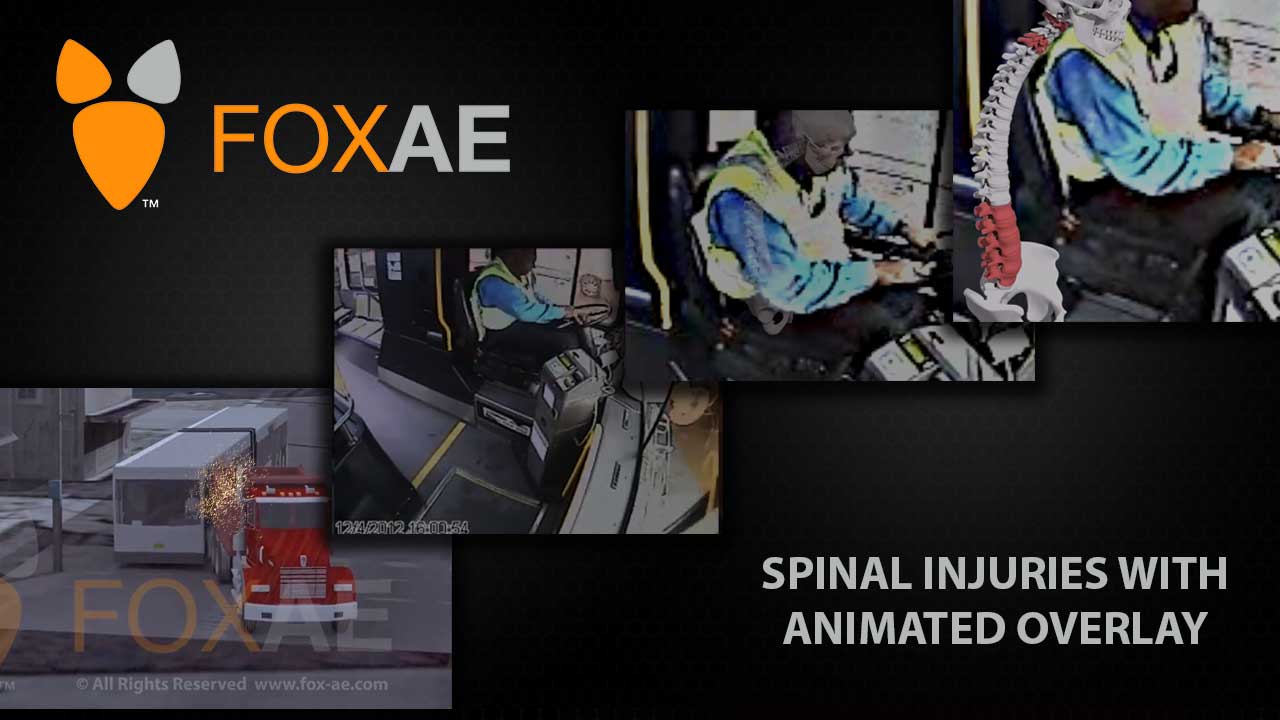Accident Reconstruction Cases & Studies
Accident reconstruction is pivotal in discerning causation. More often than not, the plaintiff and defendant disagree on the events that led up to an incident. There are a few ways to reconcile potential differences, but the strategy you use will depend on a variety of factors. Some of these are: what happened, whether or not it was avoidable, what the opposition is willing to admit, what experts you’re able to retain, and the evidence your experts are able to find during discovery. With these in mind, it’s possible to create an animation that depicts the scene of the incident with incredible precision.
Jurors are more likely to sympathize with your client’s injuries when they see that the defendant’s actions were blatantly negligent. Adjusting points of view allows jurors to evaluate a driver’s actions from multiple angles. We work with such precision that our animations have actually been used as substantive evidence, not just demonstrative.
In our extensive experience developing crash reconstruction animations, we’ve done trucking collisions, multi-vehicle collisions, low-speed spine injuries, motorcycle collisions, and many other kinds of incidents. We perform FARO scanning, topographical mapping, forensic analysis, and nighttime visibility studies to determine the precise circumstances under which the incident occurred.
Check out our other Cases & Studies
Accident Reconstruction Portfolio
Filter Categories
All
Vehicular / Trucking
Product Liability
Work Injury
Injury
-
-
-
-
Truck Driver Ignores Road Hazards and Causes an AccidentTruck Driver Ignores Road Hazards and Causes an Accident
-
-
-

-

-
-

-

-
-

-
-

-
-

-

-
-

-
-

-
-

-
-

-

-
-

-
-

-
-
Paraplegic Driver: Improper Loading Causes Semi RolloverParaplegic Driver: Improper Loading Causes Semi Rollover
-
-
-
-
-
-

